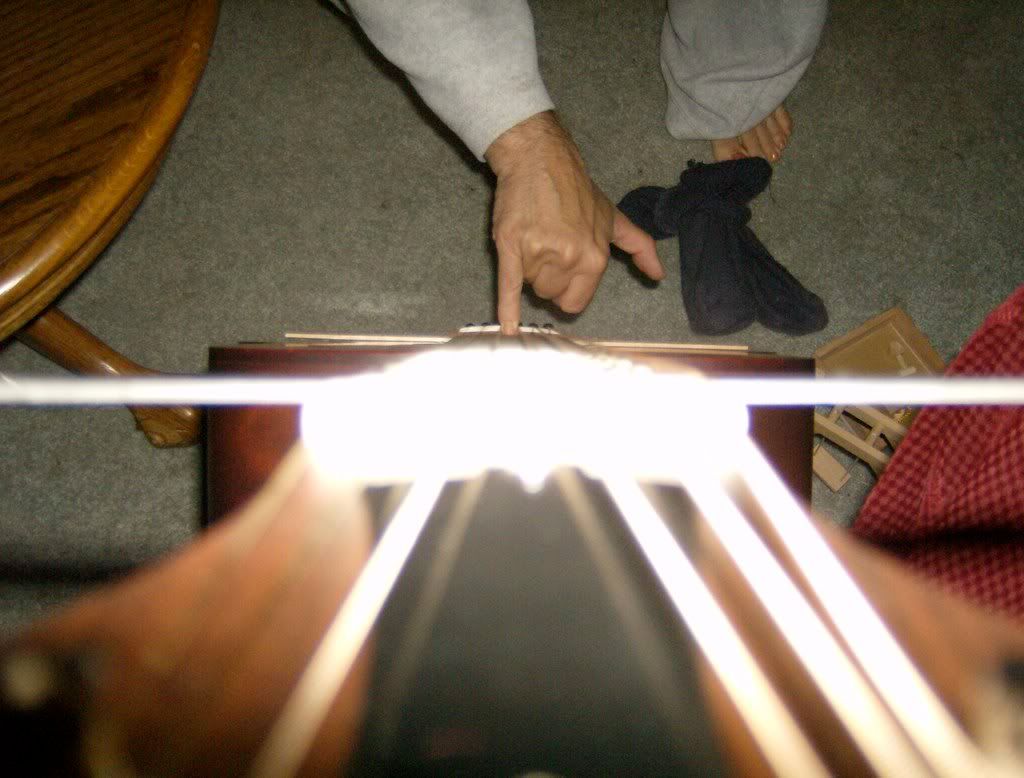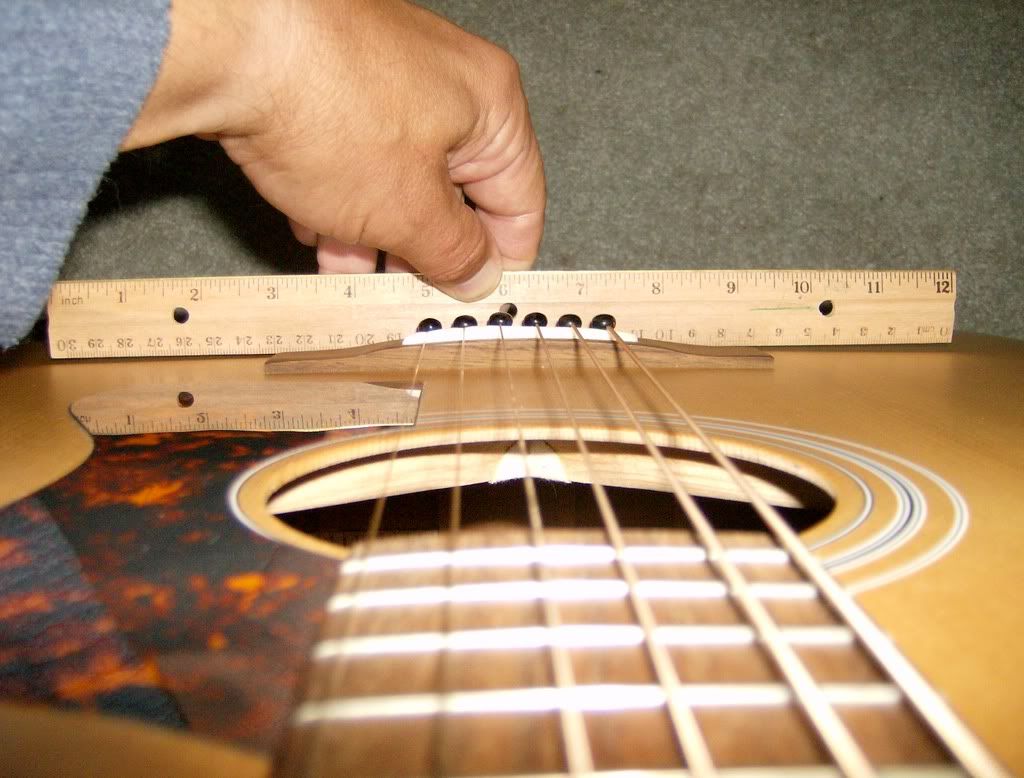wa3jpg
Member
Just curious, when does a "twist" in the neck become a real problem for a guitar (or mandolin, or...) I've looked down the neck of several instruments, sighting down the neck with the nut flat on the horizon, and I can see the saddle/bridge and note that the bass (or treble) side is a little higher. I have one guitar where my saddle height doesn't really go down on the treble end like it would on many guitars, I wanted a little extra height on that side (seemingly) due to a slight difference in the fretboard height at the nut.
Is playability the only criterion here (its fine! Sounds great!) If it's stable, I'm guessing its no big deal at all (how I want to think about it), but is there anything I ought to watch for indicative of greater problems down the line?
Thanks for any thoughts.
Clark
Is playability the only criterion here (its fine! Sounds great!) If it's stable, I'm guessing its no big deal at all (how I want to think about it), but is there anything I ought to watch for indicative of greater problems down the line?
Thanks for any thoughts.
Clark


